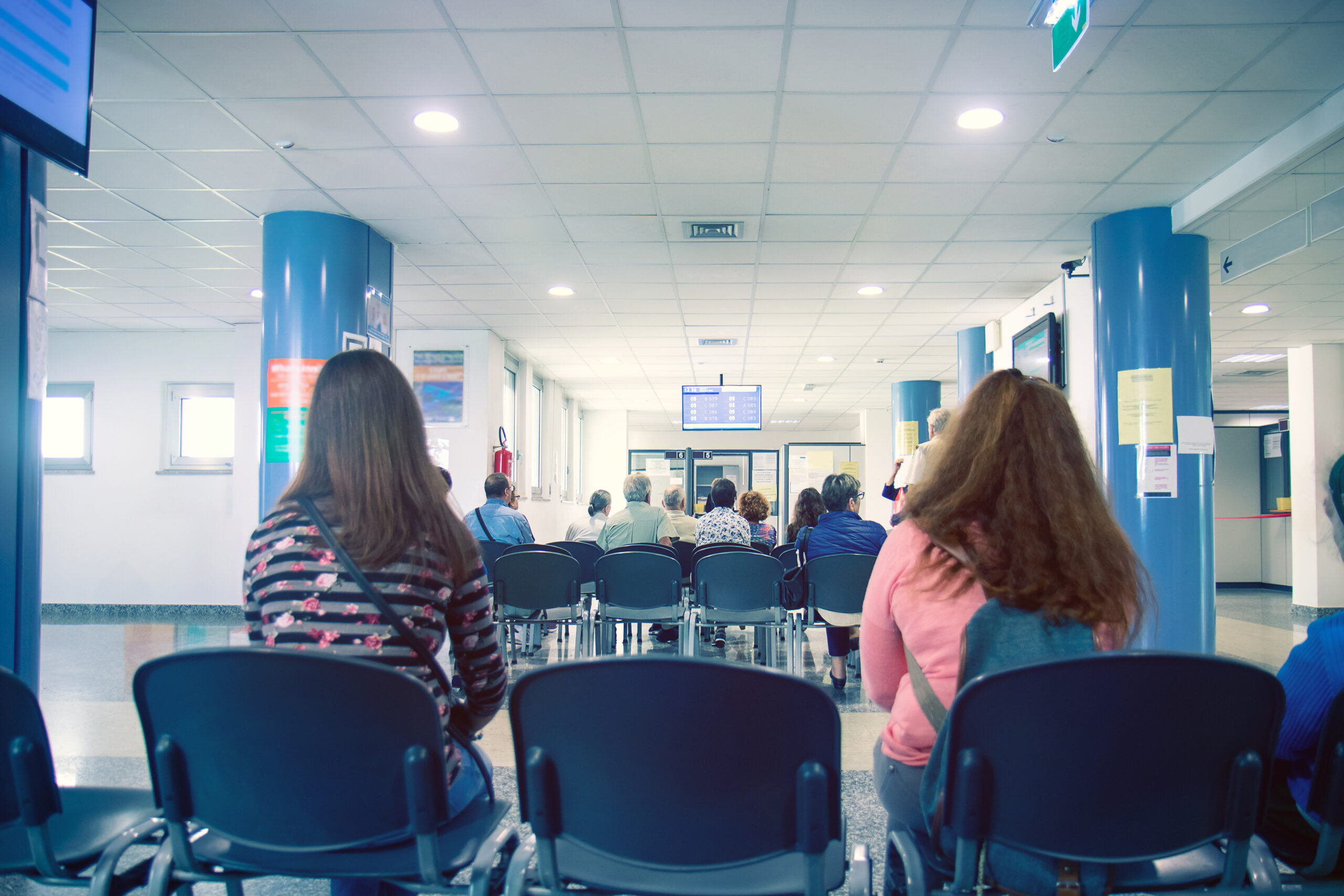- 07 Jun 2023
- •
- 4 min read
Waiting times at A&E - How long is too long?

Most of us will have had the misfortune of visiting a Hospital A&E department at some point in our lives, but waiting how long is too long for treatment?
You may well be all too aware that there is often a long wait to be endured before you are seen by medical staff. What if you are given the wrong advice about exactly how long the wait is likely to be? What if you decide not to wait and instead decide to leave the Hospital?
All of these issues were all raised in the recent case of Darnley –v- Croydon Health Services NHS Trust [2018] UKSC 50 which confirmed that a Hospital’s duty of care extends to the reception staff at Accident & Emergency.
The facts of the case
Mr Darnley was a 26 year old man who had been driven by a friend to the A&E Department at Mayday Hospital in Croydon after having been assaulted. Mr Darnley informed the receptionist on arrival at 20:26 on 17 May 2010, that he had suffered a head injury as a result of the assault and was feeling unwell. However, he was told that he would have to wait up to four or five hours before someone examined him.
This is despite the fact that the two receptionists on duty in the department at the time were both aware that the standard Hospital procedure was that any patient complaining of a head injury would be seen by a triage nurse and that the usual practice was that such a patient would be told they would be seen by the triage nurse within 30 minutes of arrival or as soon as possible.
Mr Darnley told the receptionist that he felt close to collapse and did not think he could wait that long. He was told that if he did collapse he would be treated as an emergency. Mr Darnley waited for 19 minutes but then left the hospital at 20:45.
Sadly, Mr Darnley later collapsed and was rushed to the Hospital by ambulance and arrived back at the A&E department at 22:38, less than two hours later. A CT scan revealed that he had suffered a large extradural haematoma. Mr Darnley later underwent surgery but was left with permanent brain damage.
The Clinical Negligence claim
Mr Darnley brought a Clinical Negligence claim against the Defendant NHS Trust responsible for the Hospital. The High Court ruled that as a matter of law it was not fair, just and reasonable to hold the Defendant liable for the harm that had been caused by the receptionist failing to inform the Claimant of the correct waiting time to be seen by a triage nurse because the decision to leave the Hospital had ultimately been made by the Claimant.
The Claimant appealed to the Court of Appeal but the appeal was dismissed. The Judges were concerned that if the case was allowed to succeed it might open the door for many other similar cases. On 7 June 2018, the case came before the Supreme Court. The Judgment was handed down on 10 October 2018.
The Supreme Court overturned the Court of Appeal decision and ruled in the Claimant’s favour. The Court decided that the existence and scope of a duty of care held by the Defendant should not depend on whether the misleading information was provided by a person who was medically qualified. The Defendant Trust required its non-medically qualified staff to be the first point of contact and so they were responsible for providing accurate information to patients attending the A&E department.
The Court ruled that the A&E receptionist could be expected to take reasonable care not to provide misleading advice and that it was reasonably foreseeable that a Claimant in Mr Darnley’s position might decide to leave if he was told that he would have to wait up to four or five hours to be seen by a doctor. The advice given by the receptionist to Mr Darnley was found to be negligent and the Court found that if Mr Darnley had been correctly advised that he would be seen within 30 minutes he would have stayed in the hospital until he was seen by the triage nurse. It was held that if Mr Darnley had collapsed whilst he was in hospital he would have been treated immediately and he would have made an almost complete recovery from his injuries.
What is the national target for A&E waiting times?
The national target for A&E waiting times, taken from the NHS Mandate, is a pledge to treat and admit, transfer or discharge a patient from A&E within 4 hours of arrival. All NHS Trusts are expected to achieve this goal in 95% of cases with a goal of eventually achieving this in 98% of cases.
However, according to worrying statistics released in February 2019, Hospital A&E units in England dealt with just 76.1% of patients within 4 hours in the previous month, which is their worst performance against the target since records began.
Sadly in some cases, life and death can be determined in a matter of seconds or minutes and so, as shown by Darnley’s Clinical Negligence case, timings in Hospital A&E departments can be critical. This inevitably means that the growing delays in A&E departments will be putting both the safety and quality of patient’s care and potentially their lives at risk.
If you or your family are concerned about the harm caused by a long wait in an Accident & Emergency department or about any aspect of the care which you received from the staff at an Accident & Emergency department, the team of experienced Clinical Negligence solicitors at Trethowans LLP will be pleased to advise you about whether you may have grounds to bring a Clinical Negligence claim – make an online enquiry today.





